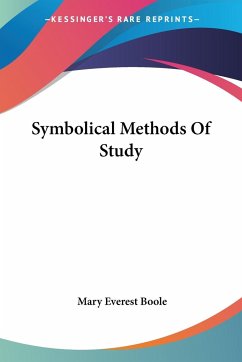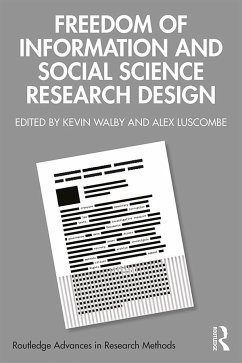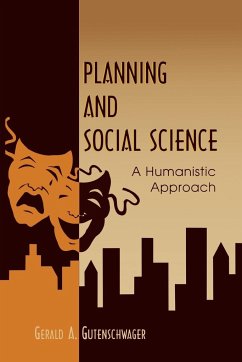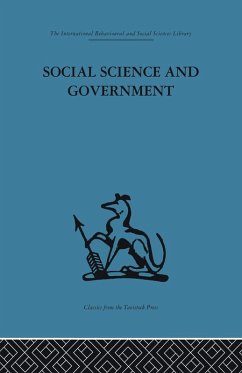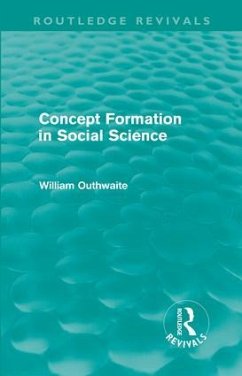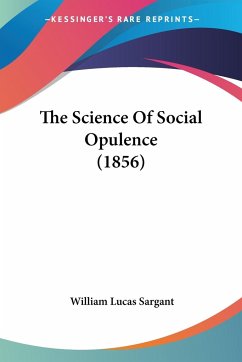
Computational Methods and GIS Applications in Social Science - Textbook and Lab Manual
Versandkostenfrei!
Nicht lieferbar




This set integrates GIS, spatial analysis, and computational methods for solving real-world problems in various policy-relevant social science applications. Thoroughly updated, this third edition, and its accompanying lab manual, showcase the best practices of spatial social science with step-by-step instructions in ArcGIS Pro and KNIME.
Fahui Wang is Associate Dean of the Pinkie Gordon Lane Graduate School and Cyril & Tutta Vetter Alumni Professor in the Department of Geography and Anthropology, Louisiana State University. He earned a BS degree in geography from Peking University, China, and an MA degree in economics and a PhD in city and regional planning from the Ohio State University. His research has revolved around the broad theme of spatially integrated computational social sciences, public policy and planning in Geographic Information Systems. He is among the top 1% most-cited researchers in geography in the world. Lingbo Liu is a postdoctoral fellow at the Center for Geographic Analysis, Harvard University, leading the development of Geospatial Analytics Extension for KNIME. He was a lecturer at the Department of Urban Planning, School of Urban Design, Wuhan University from 2005 to 2022, and obtained his PhD in Digital Urban Administration and Planning from Wuhan University in 2018. His research uses multi-source data and quantitative models to capture the spatiotemporal features of urban systems, and provides decision support for public policy, sustainable urban planning, and design.
Produktbeschreibung
- Verlag: Taylor & Francis Ltd
- Seitenzahl: 602
- Erscheinungstermin: 26. Oktober 2023
- Englisch
- Abmessung: 163mm x 248mm x 50mm
- Gewicht: 1364g
- ISBN-13: 9781032285184
- ISBN-10: 1032285184
- Artikelnr.: 69739820
Herstellerkennzeichnung
Libri GmbH
Europaallee 1
36244 Bad Hersfeld
gpsr@libri.de
Für dieses Produkt wurde noch keine Bewertung abgegeben. Wir würden uns sehr freuen, wenn du die erste Bewertung schreibst!
Eine Bewertung schreiben
Eine Bewertung schreiben
Andere Kunden interessierten sich für



